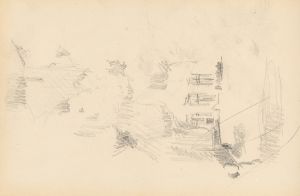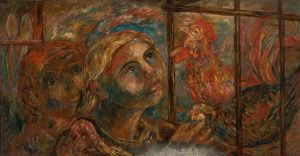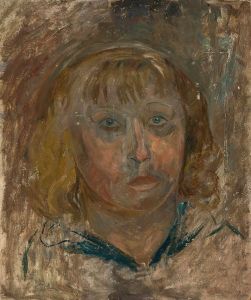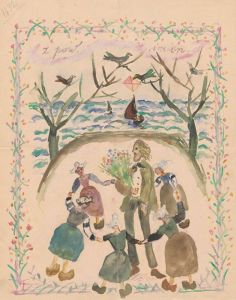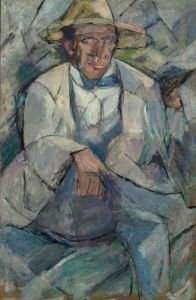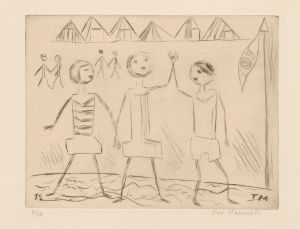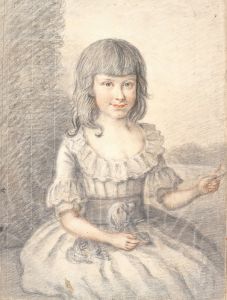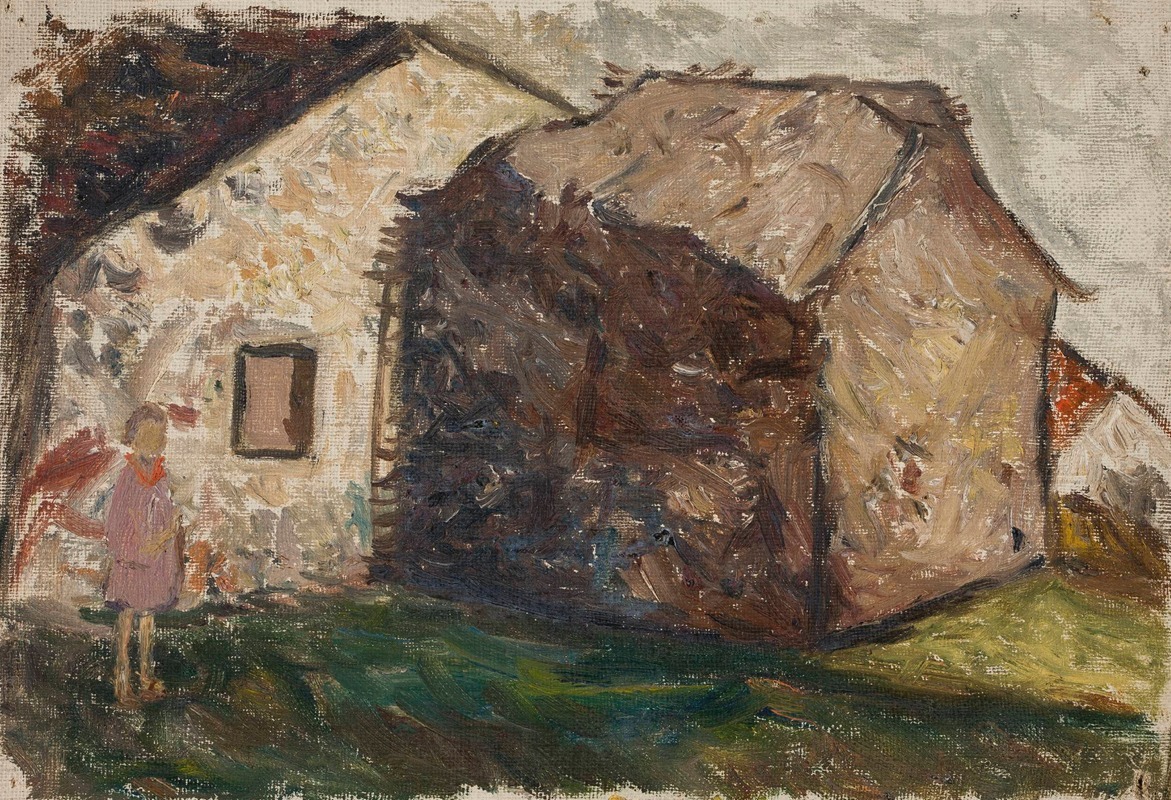
Little girl in front of a house
A hand-painted replica of Tadeusz Makowski’s masterpiece Little girl in front of a house, meticulously crafted by professional artists to capture the true essence of the original. Each piece is created with museum-quality canvas and rare mineral pigments, carefully painted by experienced artists with delicate brushstrokes and rich, layered colors to perfectly recreate the texture of the original artwork. Unlike machine-printed reproductions, this hand-painted version brings the painting to life, infused with the artist’s emotions and skill in every stroke. Whether for personal collection or home decoration, it instantly elevates the artistic atmosphere of any space.
Tadeusz Makowski was a Polish painter renowned for his unique style that combined elements of Post-Impressionism and Cubism. One of his notable works is "Little Girl in Front of a House," which exemplifies his distinctive approach to capturing the innocence and simplicity of childhood through a modernist lens.
Makowski was born on January 29, 1882, in Oświęcim, Poland. He initially studied classical philology at the Jagiellonian University in Kraków before pursuing his passion for art at the Academy of Fine Arts in Kraków. There, he was influenced by the teachings of prominent Polish artists such as Jan Stanisławski and Józef Mehoffer. In 1908, Makowski moved to Paris, where he became part of the vibrant artistic community and was exposed to various avant-garde movements.
"Little Girl in Front of a House" is a testament to Makowski's fascination with the world of children, a recurring theme in his oeuvre. The painting depicts a young girl standing in front of a house, rendered with a simplicity that captures the essence of childhood. Makowski's use of geometric forms and muted colors reflects his Cubist influences, while the subject matter and composition convey a sense of nostalgia and innocence.
Makowski's work often featured children, whom he portrayed with a sense of wonder and purity. His style evolved over time, incorporating elements of folk art and medieval influences, which can be seen in the stylized forms and flattened perspective of his paintings. This approach allowed him to create a unique visual language that resonated with both the simplicity of childhood and the complexity of modern art.
Throughout his career, Makowski remained somewhat detached from the mainstream art movements of his time, choosing instead to develop his own distinctive style. His work was well-received in both Poland and France, and he exhibited regularly in Parisian salons. Despite his success, Makowski maintained a modest lifestyle, dedicating himself to his art and the exploration of his chosen themes.
Makowski's paintings, including "Little Girl in Front of a House," are characterized by their emotional depth and technical skill. He had a keen ability to capture the essence of his subjects, using a combination of form, color, and composition to evoke a sense of timelessness. His work continues to be celebrated for its unique blend of modernist techniques and traditional themes.
Tadeusz Makowski passed away on November 1, 1932, in Paris, leaving behind a legacy of work that continues to inspire and captivate audiences. His paintings are held in high regard and can be found in various collections, including the National Museum in Warsaw and the Musée d'Orsay in Paris. "Little Girl in Front of a House" remains a poignant example of Makowski's ability to convey the beauty and simplicity of childhood through the lens of modern art.





